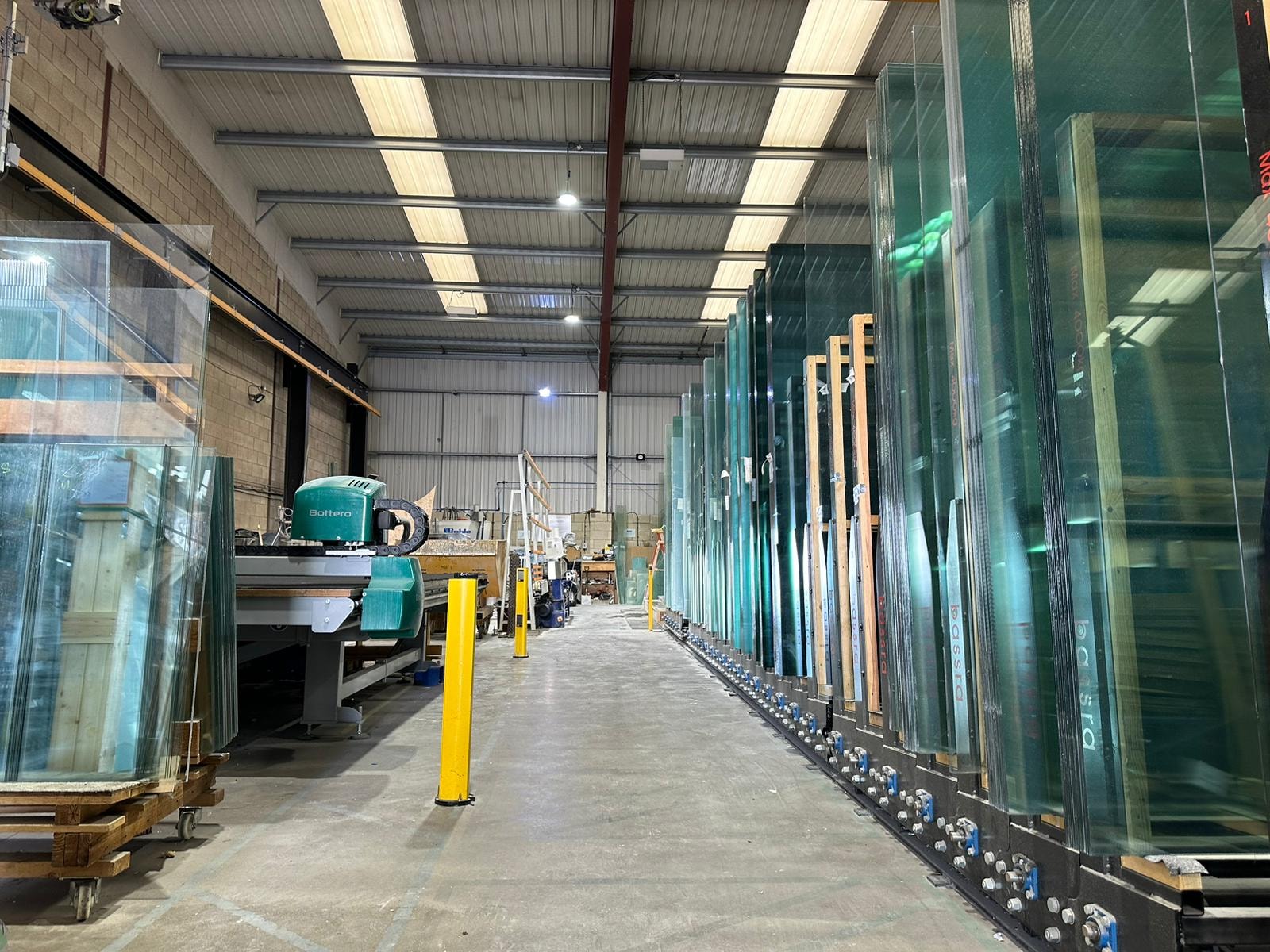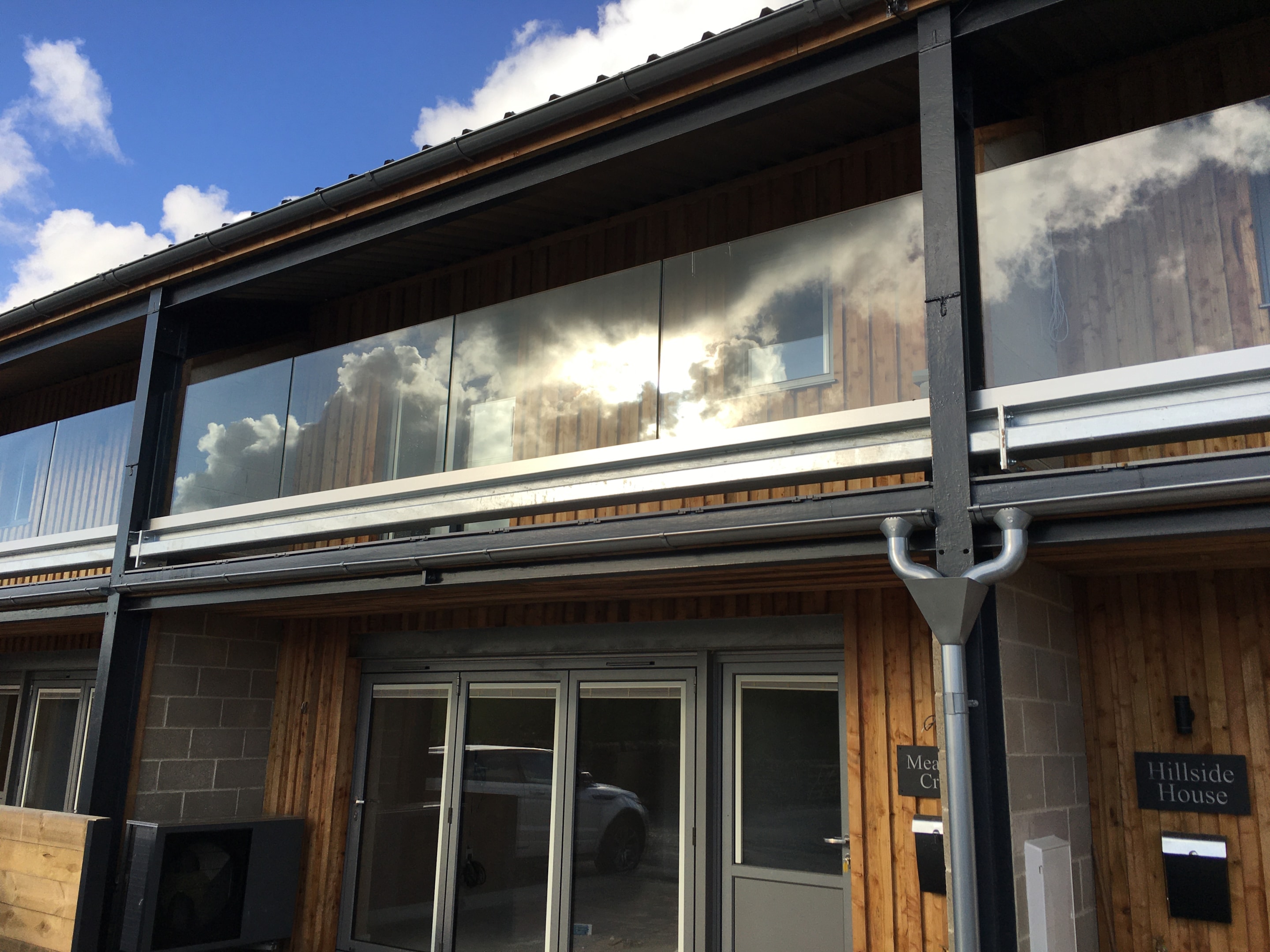Is Glass Made From Sand?
Glass has played a significant role in human history for thousands of years, evolving from handcrafted artifacts to high-tech materials used in everything from electronics to windows. While it’s true that glass is primarily made from sand—specifically silica—the process is far more complex than simply melting sand and shaping it into glass. Let’s take a closer look in this blog!
What Role Does Sand Play in Glassmaking?
The fundamental ingredient in glassmaking is silicon dioxide (SiO₂), which you commonly find in sand, particularly in quartz crystals. Quartz is abundant in nature and is a primary mineral component of sand, making it ideal for producing glass. In its purest form, silica is the starting point for the majority of glass manufacturing processes. This is where the traditional idea that “glass is made from sand” originates.
Silica has unique properties that are crucial in glass production. When heated to high temperatures—around 1700°C (3092°F)—it has reached silicas melting point. This process allows it to form a non-crystalline, transparent substance, which is the basic structure of glass. However, the creation of glass is not as simple as just having to heat the sand.
Glassmaking Process

Glass is typically created through a process known as the fusion or melting method. The ingredients for making glass, include silica sand, soda ash (sodium carbonate), and limestone (calcium carbonate), mix together in specific proportions and then melted at extremely high temperatures in a furnace.
Silica Sand (SiO₂)
As mentioned, this plays an essential role in the manufacturing process as it this is the main component of glass, which makes up around 70–74% of most types of glass. Silica gives the glass its basic structure and strength.
Soda Ash (Na₂CO₃)
Soda ash acts as a fluxing agent. It reduces the melting point of silica, making it easier to melt and form glass. This is important because pure silica sand melts at a very high melting point.
Limestone (CaCO₃)
Limestone’s purpose is to add calcium oxide to the mixture. Calcium oxide helps to stabilise the glass and make it more durable.
The precise combination and ratios of these materials can vary depending on the type of glass being made. For example, in the production of window glass, additional ingredients might be used to enhance specific properties.
How is It Made?
So, now you understand the components that you may find in glass, let’s explore the manufacturing process. Some processes may differ, but this guide displays the most common way of making glass.
1. Heating the Materials
The mixture of sand, soda ash, and limestone is then heated to temperatures between 1600°C and 1800°C. This causes the silica to break down and melt together with the other ingredients, forming a molten liquid. At this stage, the material is a sticky substance which is perfect for shaping and moulding.
2. Shaping the Glass
Once the materials are sufficiently melted, they can be shaped into the desired form. This can be done through various techniques, such as blowing, molding, or pressing, depending on the type of glass product being created.
3. Cooling and Solidification
After shaping, the glass must slowly cool in a controlled manner to prevent it from cracking. The process of cooling is crucial, as glass must cool at a steady, even rate to avoid any internal stresses that could lead to fractures.
The Role of Other Materials in Glassmaking
While silica is the primary ingredient in glass, there are other materials that enhance the properties of the glass or to create specific types of glass. These can include:
- Alumina (Al₂O₃): Added to increase the strength and durability of glass.
- Magnesium Oxide (MgO): Used to improve the resistance of glass to chemical attack.
- Boron Oxide (B₂O₃): In specialty glasses, you can add boron oxide to improve thermal stability.
- Metal Oxides: These give glass colour.
One of the most famous glass types that involves more than just sand is soda-lime glass, which is the most common form for windows. But even more specialised glass types, such as borosilicate glass (known for its heat resistance and used in laboratory glassware), involve the addition of boron to the basic silica mix.
Variations of Glass and Different Sand Types
Not all glass manufacturing uses the same kind of sand. The composition of sand can vary greatly depending on the geographical location where it originates. Some sand contains higher concentrations of impurities like iron, which can affect the different colours and clarity of the final product. To make high-quality glass, especially in the case of fine or optical glass, manufacturers may need to use very pure silica with minimal impurities.
In regions where silica is not abundant or of a high enough quality, other sources of silicon dioxide may be used. Some glassmaking processes might use crushed rock or sand with a high silica content to ensure a more refined product.

High-Quality Bespoke Glazing Solutions
So, while glass is indeed made from sand, the reality is far more complex. Sand forms the primary ingredient of glass, but it’s combined with other chemicals at extremely high temperatures. This forms a liquid state, to create a substance that manufacturers can mold, shape, and use in countless applications.
Here at UKO Glass we can provide so many different types of glass ranging from fire rated glass all the way to decorative glass. If you are curious in finding out more about our specialist glass manufacturing, give us a call on 01422 861116, or drop us an email on theteam@ukoglass.co.uk to discuss.
